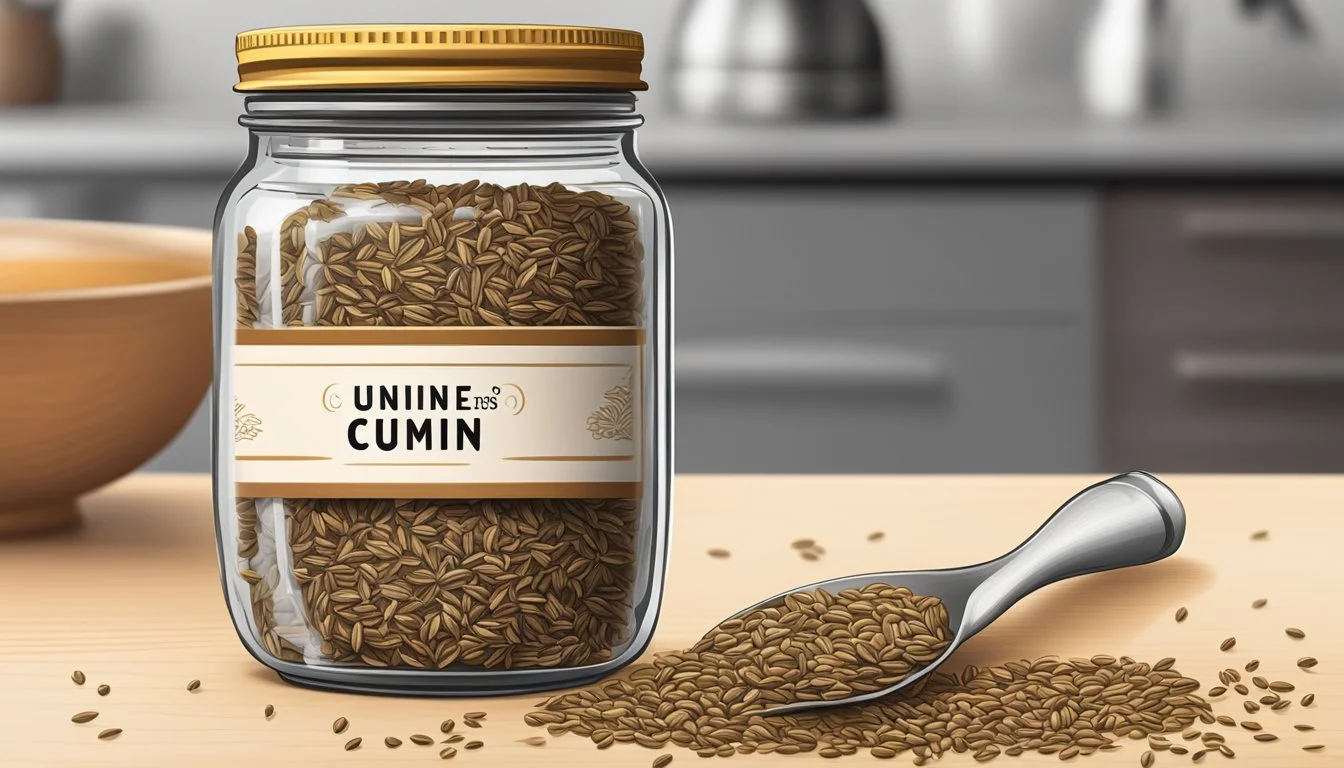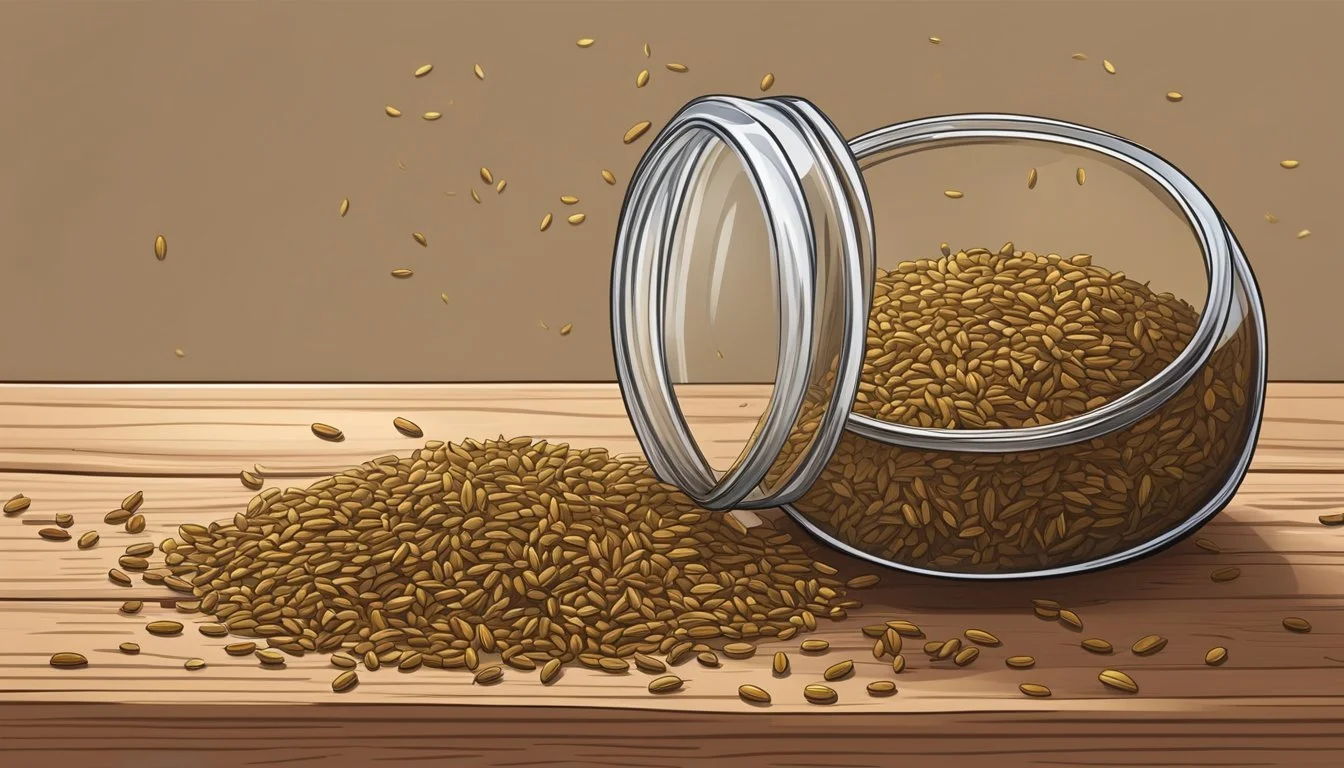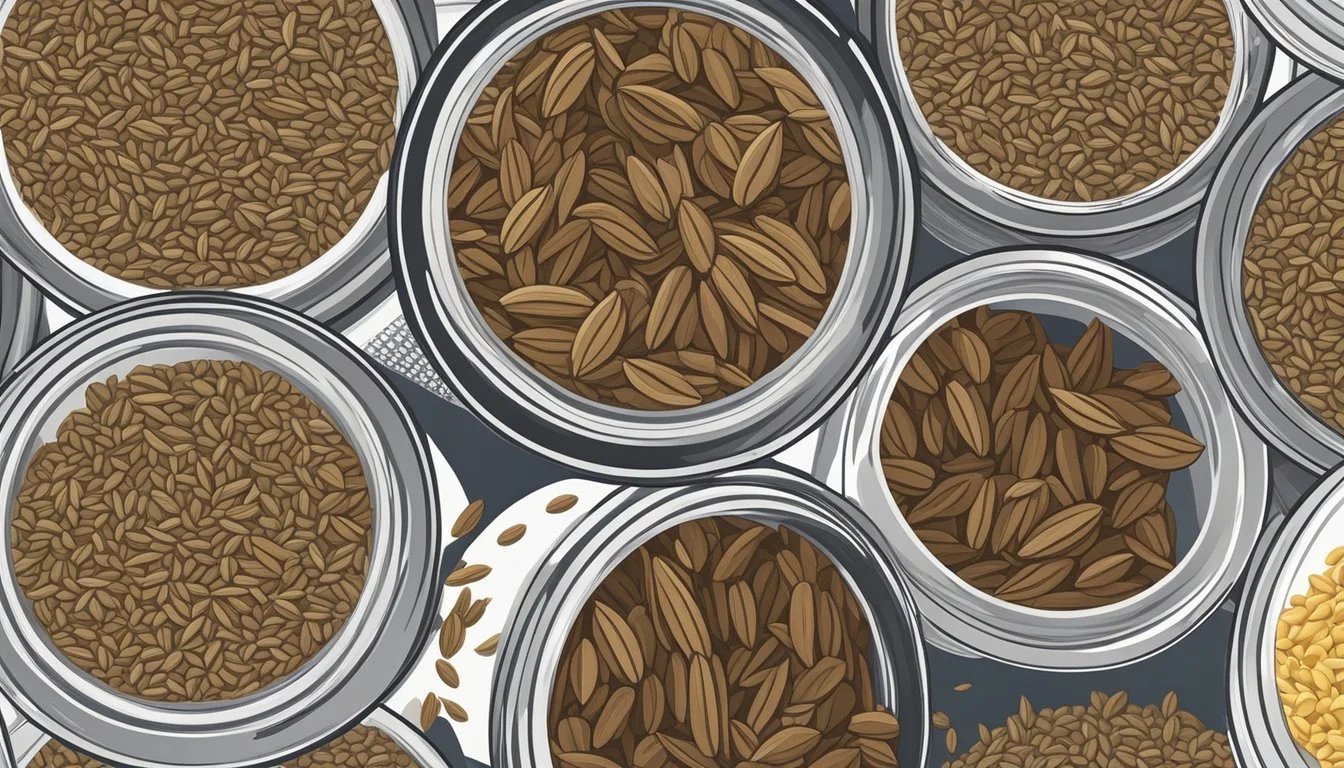Does Cumin Seeds Go Bad?
Understanding Shelf Life and Storage
Cumin seeds are a staple spice renowned for their distinctive aroma and flavor, enhancing culinary creations across a multitude of cultures. Yes, cumin seeds can go bad if not stored properly or used within an appropriate timeframe. They tend to lose their potency and aromatic qualities over time, especially if exposed to air and light.
When stored correctly in an airtight container in a cool, dark place, cumin seeds can maintain their quality for about 3 to 4 years. Ground cumin, however, has a shorter shelf life and should be used within a year for optimal flavor. The key to ensuring freshness is proper storage—free from moisture and direct sunlight, which can degrade the spice more quickly.
Cooks can test the freshness of their cumin seeds by using their senses. Fresh cumin seeds should have a strong, distinct aroma when smelled. If the seeds emit a stale or musty odor, it's a clear sign they've aged or haven't been stored in ideal conditions.
Understanding Cumin Seeds
Cumin seeds, native to the eastern Mediterranean and India, are valued for their distinctive aroma and potent health benefits. These small seeds are a staple in various cuisines and hold significant culinary and medicinal use.
Origins and Culinary Use
Cumin (Cuminum cyminum) originates from the eastern Mediterranean and India. These seeds have found their way into countless recipes, celebrated for their warm, earthy flavor and distinctive aroma. Indian, Middle Eastern, North African, and Mexican cuisines heavily feature cumin seeds in their dishes.
In Indian cuisine, cumin seeds are often used to temper oils before cooking dishes like curries. Middle Eastern and North African cuisines use them in spice blends such as ras el hanout and harissa. Mexican cuisine incorporates cumin in tacos and chili, providing a robust taste profile.
Health Benefits
Cumin seeds are not only culinarily significant but also offer numerous health benefits. Rich in iron, they help combat anemia and support healthy blood circulation. Cumin seeds also possess antioxidant properties, which help fight oxidative stress and inflammation within the body.
These seeds aid digestion by increasing enzyme activity in the gut, making them effective against indigestion. Studies suggest cumin may help lower cholesterol levels, contributing to cardiovascular health. Consuming cumin in daily meals can thus provide several health benefits, from improved digestion to enhanced iron intake.
Proper Storage of Cumin Seeds
Proper storage of cumin seeds is crucial to maintain their freshness, potency, and aromatic qualities. This ensures they enhance your dishes with their unique flavor for an extended period. Below are essential tips for storing cumin seeds effectively.
Ideal Conditions for Storing Cumin Seeds
To keep cumin seeds fresh, it’s vital to store them in airtight containers. Glass jars or plastic containers with tight seals work best. Place the containers in a cool, dry place away from direct sunlight. A dark cupboard or pantry is ideal.
Heat sources should be avoided, as exposure to heat can degrade the oils in the seeds, reducing their flavor. Keeping cumin seeds away from moisture is also important to prevent mold growth.
Storage Duration
Whole cumin seeds generally have a longer shelf life than ground cumin. When stored under ideal conditions, whole cumin seeds can remain fresh for up to 2-3 years. Ground cumin, on the other hand, usually retains its potency for up to one year.
Labeling containers with the purchase date helps monitor the freshness. While older cumin seeds and ground cumin may still be safe to consume, their flavor intensity will diminish over time.
Signs of Spoilage
Several indicators suggest cumin seeds are no longer fresh. A musty or dull odor usually signifies staleness. Visually, fresh cumin seeds have a rich brown color. If the seeds appear yellowed or faded, they may have spoiled.
Other signs of spoilage include the presence of mold or a change in texture. If you notice any of these indicators, it’s advisable to replace the cumin seeds to ensure the best flavor for your recipes. Avoid using cumin seeds that have lost their distinctive aroma and taste.
Maximizing Cumin Seeds' Lifespan
Proper storage can significantly extend the shelf life of cumin seeds. The two main factors to consider are the choice of storage container and the possibility of freezing for longer preservation.
Optimizing Storage Containers
To keep cumin seeds fresh, an airtight container is essential. Glass jars with tight-fitting lids are recommended for their non-reactive nature and ability to seal out moisture and air. Plastic containers are another option, but ensure they are food-safe and free from odors that could transfer to the seeds.
Store the containers in a cool, dark place away from sunlight and heat sources. This will help prevent degradation of the seeds' flavor and potency. Avoid storing cumin seeds in humid environments as moisture can reduce their shelf life and cause mold.
Freezing for Extended Shelf Life
Freezing cumin seeds can further extend their shelf life. Place the seeds in an airtight container such as a glass jar or a quality plastic container, and then store in the freezer. This method helps preserve their flavor and aroma for an extended period.
Make sure to label the container with the date of freezing. When needed, remove only the amount required and avoid exposing the entire batch to room temperature repeatedly. This ensures minimal exposure to humidity and air, which can degrade the seeds' quality.
Using Cumin Seeds in Cooking
Cumin seeds are instrumental in enhancing both the flavor and aroma of various dishes. They can be used in whole or ground form, with each method offering distinct culinary benefits.
Culinary Techniques
Complementary Spices and Substitutes
Cumin seeds are versatile and can be paired with various spices or substituted by several alternatives if they go bad.
Pairing with Other Spices
Cumin pairs well with coriander, creating a robust and earthy flavor profile. It also complements cilantro and parsley, adding depth to fresh herbs. Black pepper and salt are essential for balancing cumin's warmth.
Chili powder adds heat, making it great for spicy dishes. Dill and caraway bring a slightly sweet and anise-like dimension, enhancing the spice blend. These combinations work well in soups, stews, and marinades. Various global cuisines, including Mexican and Indian, benefit from these pairings.
Substitutes for Cumin
If you run out of cumin or it goes bad, numerous substitutes can mimic its flavor:
Curry powder: Contains cumin as a component; use ½ teaspoon of curry powder for 1 teaspoon of cumin.
Caraway seeds: Offer a peppery, slightly citrus flavor. Use half the amount when substituting.
Coriander seeds: Provide a similar but milder flavor, maintaining the dish's balance.
Chipotle powder: Smoky and spicy, this option adds a different heat profile, great for Mexican dishes.
Other options include fennel seeds and chili powder, which can also replace cumin in various recipes.
Cumin Seed Varieties
Cumin seeds come in different varieties, each with distinct characteristics and flavors. These variations cater to various cuisines, enhancing the unique flavors of dishes from regions like India, Mexico, the Middle East, and the Mediterranean.
Differentiating Seed Varieties
Cumin seeds vary primarily in color and flavor profile. The two most common types are brown cumin and black cumin. Brown cumin, also known as Cuminum cyminum, is widely used and has a warm, earthy flavor.
Black cumin, or Nigella sativa, offers a slightly lighter, peppery taste. Whole seeds, whether brown or black, retain their freshness longer than ground cumin. Grinding cumin seeds just before use can enhance flavor, though ground cumin is convenient for quick recipes.
Cuisines and Preferred Varieties
Different cuisines prefer specific cumin types to complement traditional flavors. Indian cuisine heavily features brown cumin for its robust taste in curries, dals, and spice blends. In Mexican dishes, brown cumin adds depth to tacos, salsas, and meats.
Middle Eastern and Mediterranean cuisines often use cumin in both whole and ground forms to season meats, stews, and baked goods. Black cumin is sometimes favored in these regions for its distinctive aroma in bread and rice dishes.
Both cumin varieties play a crucial role in enriching the taste and aroma, making them indispensable in their respective culinary traditions.






